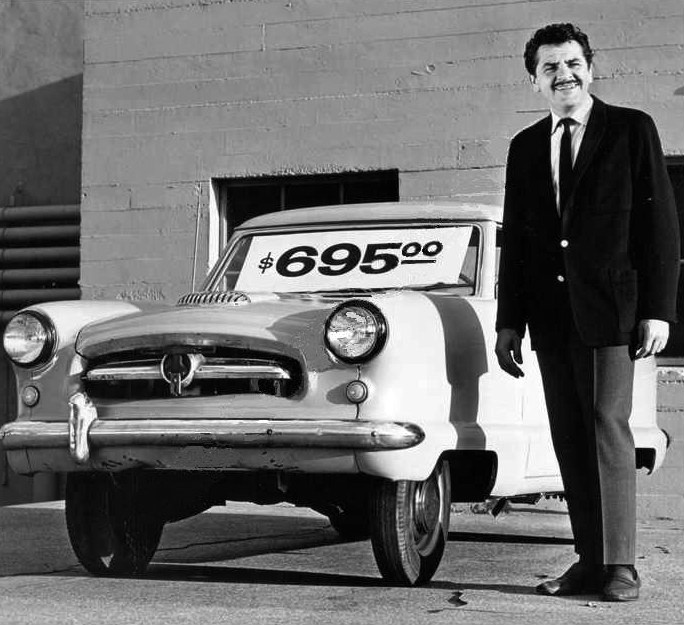Buying a used car is somewhat less of a crapshoot than it was at one time. You can get detailed information on a vehicle’s history via the CARFAX report, and a technician can use onboard diagnostics to get a good picture of what’s going on under the hood and what problems might be coming up.
Thank you for reading this post, don't forget to subscribe!It’s always a good idea to get a mechanic to look over any prospective purchase, but there are things you can get a look at yourself before you spend the money for a professional inspection. These are things which will give you a pretty good idea of the kind of use and maintenance a vehicle has seen before you got it.
— Put your head against a fender and sight down the side of the vehicle with one eye. Look out for ripples or irregularities in the sheet metal which could point to a collision and body work. Look closely for mismatched paint on body panels, or paint which has an orange-peel texture.
— Closely look at the carpeting, upholstery, and pedals. The condition of these can tell you a lot about how a vehicle was cared for.
— Pop the hood and look for leaks anywhere on the engine. Start the engine, let it warm up to operating temperature and sniff carefully for unusual smells such as burning oil, burning transmission fluid or leaking antifreeze (all of which have a distinctive smell).
— With the engine running, vehicle on level ground and transmission in Park, pull the transmission dipstick and get a close look at the fluid. The fluid should be magenta colored with a slightly sweet smell. Fluid that’s darker or has a burnt toast smell means that the transmission has been overheated, poorly maintained and/or run with a low fluid level. Avoid.
— Take the vehicle for a test drive. Listen for clunks or thumps while going over bumps. Get a good feel for how it handles; a pull to one side on the highway or a tendency for the steering wheel to not center itself could mean front-end problems. Accelerate sharply and listen for any unusual noises. Does the vehicle have enough power and run smoothly when driven hard? Hit the brakes hard. Does the vehicle pull to one side while braking, lock up any of the wheels or have a pulsation through the brake pedal?
None of these constitute a detailed inspection, of course. They’re all common-sense measures you can take, though, to pre-screen a prospective used car before calling a professional in for a thorough pre-purchase shakedown.


